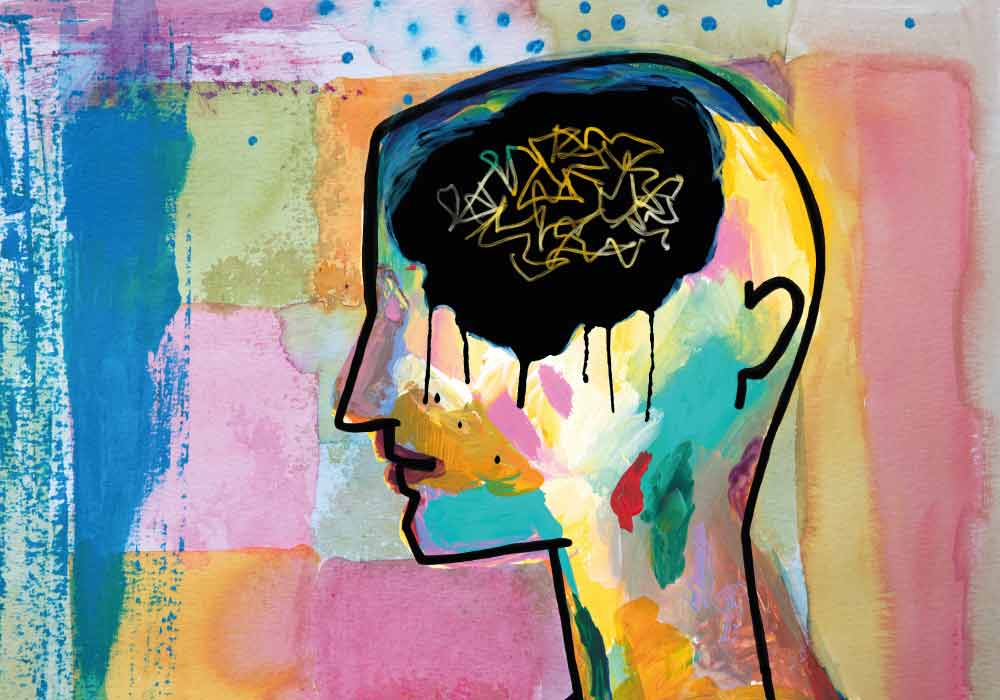We all have professional desires and dreams. Getting closer to them is important, not only for the individuals themselves, but also for the organisations. Failure to achieve career ambitions within a certain timeframe can lead to frustration. This directly affects the well-being of individuals and, in a way, also the interests of their companies.
What will I read about in this article?
What makes us give up our professional ambitions?
Career dreams and desires are sometimes disruptive (e.g. moving from being an engineering professional to a dance teacher), but more often than not they are cumulative (e.g. improving work-family balance or getting a promotion).
The former implies a large magnitude of change where organisations should not or cannot necessarily intervene, while in the latter case, organisations can play a key role alongside the individual, with significant benefits for both.
Several studies reveal that the career ambitions of many of us are not fulfilled. We don’t apply for the internal promotion position, or we don’t start the specialised programme…
Interestingly, while some desires remain unrealised because of structural barriers or contextual situations, most of our career ambitions are not realised because of what experts call career inaction. Career inaction is basically the failure to act to achieve the desired success or career ambition.
“Most of our professional ambitions are not realised because of what experts call professional inaction”.
Inaction takes us away from our professional ambitions
Verbruggen and De Vos, two Belgian academics who have developed a model on professional inaction, argue that it is important to study inaction in depth, as it is important for all of us to pursue and achieve our dreams, and inaction doesn’t mean not achieving them, but failing to pursue them.
Moreover, this lack of intentionality has consequences for the individuals, such as burnout and a sense of entrapment. It also has consequences for the organisations themselves, such as low employee motivation and productivity, which results in not going as far as one could.
According to Verbruggen and De Vos, professional inaction has three phases:
- The phase of consciousness, where we draw more or less clearly our professional dreams or desires, however big or small they may be.
- The phase of inaction, where we stop intentionally pursuing desires, even though we want to fulfil them.
- The reflection phase, where we realise that we haven’t fulfilled our wishes.
This is how inaction works
According to the model developed by the authors themselves, there are three major mechanisms that invite us to inaction. The first major mechanism is well known: fear. The fear of what will happen in the new position, of how I will feel in the country I am passionate about, of how I will manage my life by adding a master’s degree… Fear is the first mechanism that leads to a certain inaction.
The second major mechanism that prevents us from pursuing our desires as intentionally as we’d like is a disproportionate focus on what will happen in the short term. There’s an excessive focus on the immediate, on what will happen immediately after the decision, without proportionate thought to our long-term impact or well-being.
Finally, the third mechanism of professional inaction according to Verbruggen and De Vos is the cognitive demand for some decisions. People have a tendency to think of alternatives, and of possible derivatives of each decision. If the new desire is complex and has many implications, and therefore high cognitive demands, it can reach the limit of our brain’s capacity, and we end up paralysed, thus causing us to stop thinking, and to stop fighting for our dream or desire. Therefore, the three mechanisms that lead to professional inaction are fear, a disproportionate influence of the short term, and too high cognitive demands.

The researchers make a theoretical effort to understand why we stop striving for our professional ambitions, while adding that the characteristics of the desire itself, as well as the social context, also play a role.
What drives (or paralyses) our professional ambitions
There are three characteristics of professional desire that should be taken into account.
1, First, it’s important to know the vagueness or clarity of the desire. That is, whether it’s well defined or not. If the desire is vague, it is more likely to lead to inaction and to stop fighting for the desire, since it implies a greater effort of clarification. On the other hand, if the desire is clear, with all its nuances, it’s easier to avoid inaction, and the person continues to play all the cards to make the desire a reality.
2. Second, the magnitude of the transition. If the desire involves a very large transition compared to the current choice, whether of knowledge, habits or location, there’s a greater chance of inaction, as there’s more fear and anxiety, more attention to short-term implications, and more cognitive demands. However, if the transition is smaller, fear, attention to the short-term, and cognitive demands are lower, avoiding inaction to a greater degree.
3. Third, the time requirement. Time seems to be the enemy of inaction. The more time we have to fulfil our desire, or the lees defined it is temporally, the more likely we are to reach inaction. On the other hand, desires that are temporally delimited, or if circumstances force us to make a decision, provide more chances that said desires will be fulfilled.
Therefore, clear wishes, which involve a small transition, and which must be decided at a precise moment in time are more likely to come to fruition.
Finally, the social context also plays a role. If the environment perceives the desires of the person in question as normal, there’s a greater likelihood that inaction will not occur, and therefore the person will continue to strive for them. Conversely, when the environment perceives a person’s desires as abnormal, the person is more likely to stop fighting for those desires, leading to inaction eventually.
The consequences of not pursuing career ambitions
Unfulfilled professional desires are generally experienced as a regret and generate thinking described as counterfactual, where the person wonders “what if I had done this, what if I had done that”. Counterfactual thinking resulting from a perception, false or not, of missed opportunities, leads to low motivation, proactivity, and productivity in the present work performance. Some suggestions to avoid inaction might be the following:
* For the individuals themselves: incorporate Verbruggen and De Vos’ model into our professional desires and ask ourselves: are my desires vague or crystalline? Do my longings imply a big or small transition in my life? Do I have to make a decision at a particular time or not? Does my environment facilitate the decision? What level of professional rootedness do I have? Does my entourage perceive my desire as “normal”?
* For the organisations themselves: understanding what are the professional desires of their employees: Do they have disruptive or cumulative desires? Can we accompany them in their cumulative desires? What are the personal and organisational implications of not accompanying them? What are the personal and organisational consequences of accompanying them in their cumulative desires? Do we have advisors and mentors for this purpose?
It is not guaranteed that we’ll achieve our professional ambitions, but the model presented here helps us to avoid the often unnecessary inaction that inhibits more flourishing and fulfilling lives.
Sources:
- Verbruggen, M., & De Vos, A. (2020). When people don’t realize their career desires: Toward a theory of career inaction. Academy of Management Review, 45(2), 376-394.


